Category: space travel – Page 193
Exploring Space with NASA Astronaut Victor Glover (Live from the Smithsonian)
NASA astronaut Victor Glover served as the pilot on NASA’s SpaceX Crew-1 mission and spent six months on the International Space Station, where he worked on scientific investigations, technology demonstrations, and completed four spacewalks. He’ll speak live from the Smithsonian National Museum of African American History and Culture about preparing to be an astronaut, his recent mission, and the future of space travel including Artemis missions to the Moon.
About Victor Glover: https://www.nasa.gov/astronauts/biographies/victor-j-glover/biography
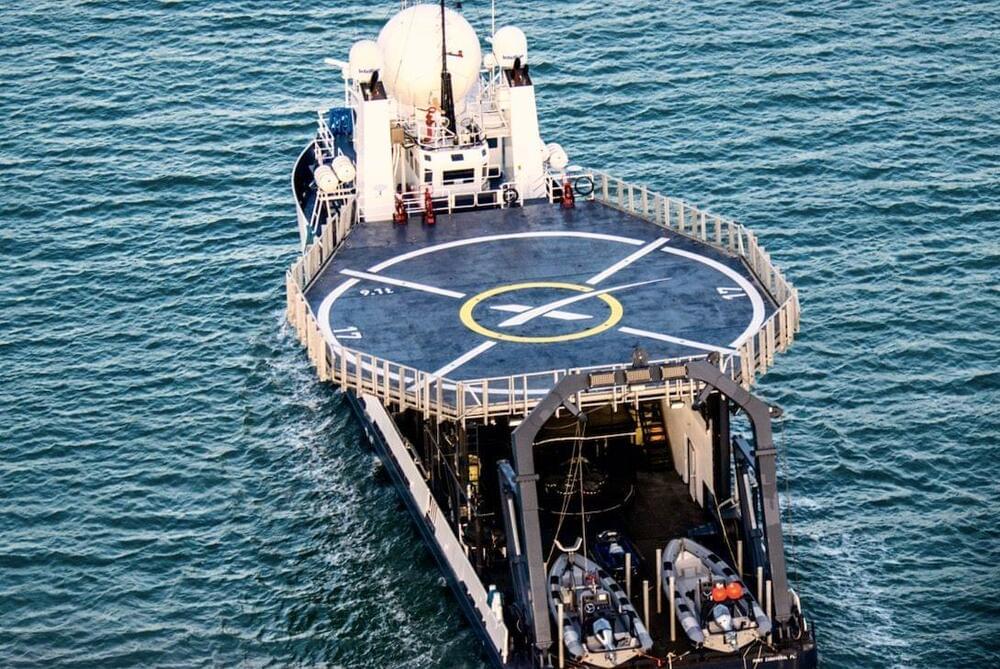
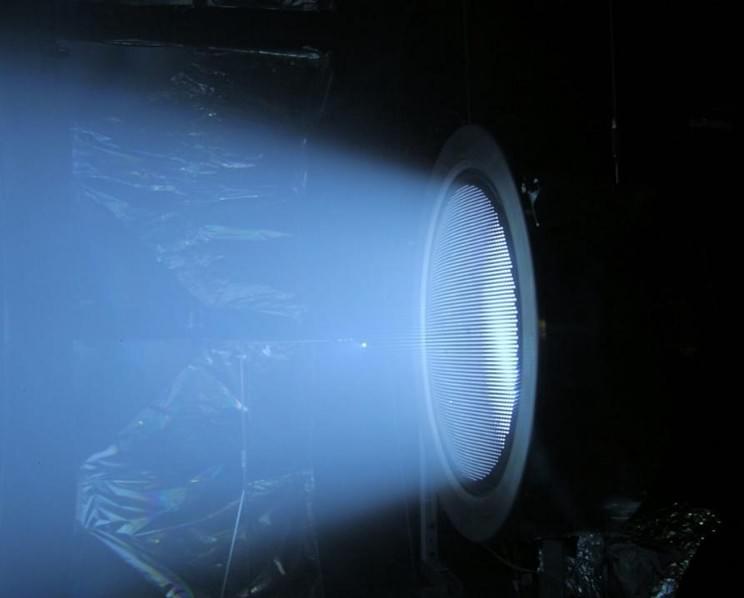

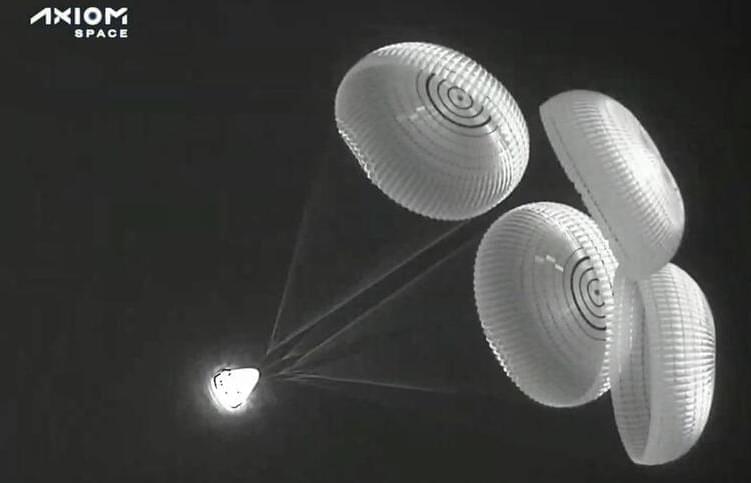
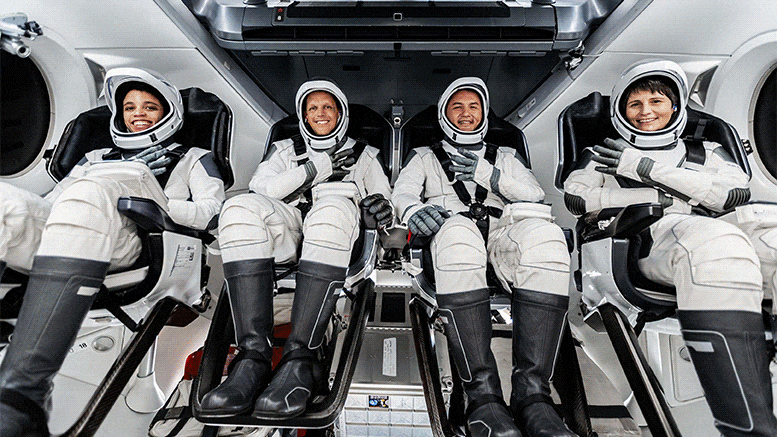
This Week @NASA: Next Crew of Astronauts Heading to Space Station, Mega Moon Rocket
NASA’s SpaceX Crew-4 Mission to the Space Station
On April 18, the astronauts of our SpaceX Crew-4 mission arrived at our Kennedy Space Center to prepare for their launch to the International Space Station. NASA’s Kjell Lindgren, Bob Hines, and Jessica Watkins, along with Samantha Cristoforetti of the European Space Agency (ESA) are excited about their scientific expedition to the station.

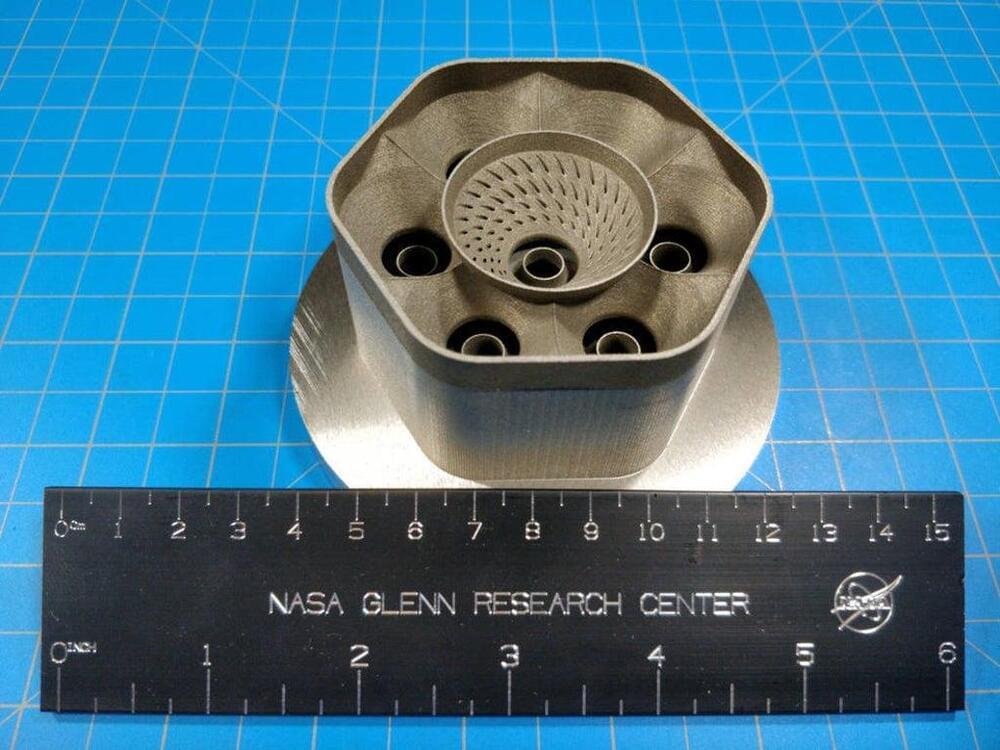
NASA invents ‘revolutionary’ material 1,000 times better than state-of-the art spaceship alloys
NASA scientists have invented a new metal alloy that is 1,000 times more durable than current state-of-the-art materials used in aviation and space exploration.
The US space agency believes that Alloy GRX-810 could revolutionise space travel, as it can withstand far harsher conditions than existing materials used within rocket engines.
The material has twice the strength, three-and-a-half times the flexibility and more than 1,000 times the durability under stress at high temperatures.